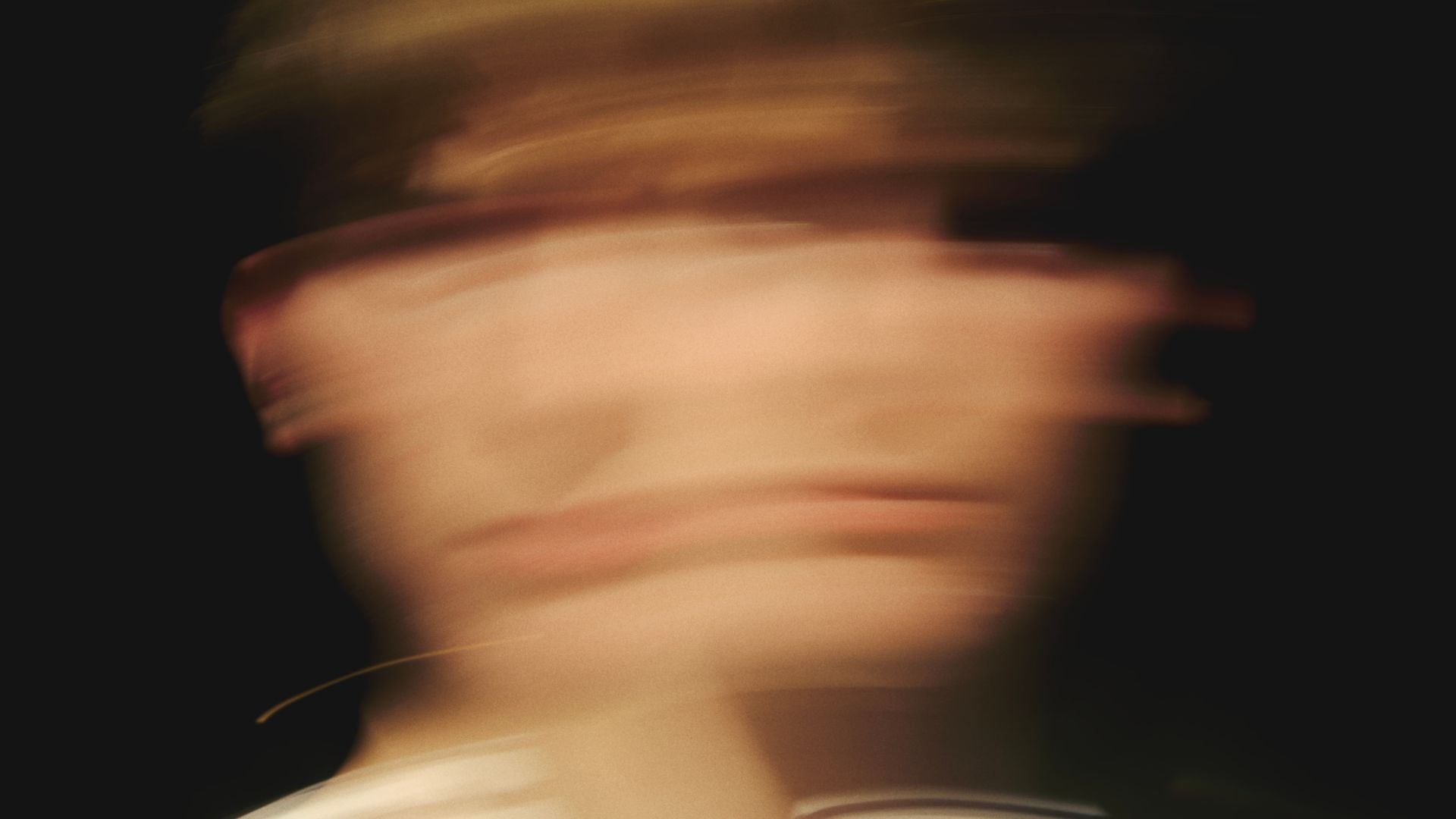Understanding Flying Dreams: The Phenomenon of Dreaming Flight
Flying dreams are among the most exhilarating and vivid experiences within the realm of dreaming. These dreams can evoke feelings of freedom, empowerment, and a surreal sense of exploration as the dreamer soars through the skies, unbound by earthly constraints. Psychologists and dream experts have various interpretations about the symbolism of flying dreams, ranging from a desire for freedom to feelings of control and empowerment.
Influence of Medications on Dreaming:
Certain medications, prescribed or over-the-counter, might affect the nature and content of dreams. Substances that impact neurotransmitters, such as antidepressants, anti-anxiety medications, and even some sleep aids, can alter the dream experience. They may influence dream vividness, emotional content, and the ability to recall dreams upon waking.
For instance, selective serotonin reuptake inhibitors (SSRIs), commonly used to treat depression, might lead to more vivid and memorable dreams. Meanwhile, medications that affect dopamine levels, like certain Parkinson’s disease treatments, could induce vivid and intense dreams or even vivid nightmares.
Substances and Their Influence:
Substances like alcohol, nicotine, and recreational drugs may also affect dreaming. Alcohol, despite initially aiding sleep onset, can disrupt the sleep cycle, leading to fragmented and disturbed dreams. Conversely, nicotine withdrawal might result in unusually vivid dreams during the rapid eye movement (REM) sleep phase.
Additionally, substances like cannabis, known for their impact on perception and consciousness, might affect dream recall and the nature of dreams. Some users report a decrease in dream vividness or recall, while others mention experiencing more vivid or lucid dreams.
Exploring the Link between Medications/Substances and Flying Dreams:
While extensive research hasn’t explicitly linked medications or substances to inducing flying dreams, alterations in dream content, vividness, or recall due to these elements may indirectly impact the occurrence of flying dreams. For instance, heightened dream vividness might amplify the experience of flying in dreams, making it more memorable and intense.

External Resources:
- National Institutes of Health (NIH) – Explore further on how medications affect dreams.
- Mayo Clinic – Dreams: Understanding the Science – Gain insights into the world of dreams and their connections to medications.
- National Institute on Drug Abuse (NIDA) – Learn about the effects of substances on sleep and dreams.
Dreams, including flying dreams, remain a captivating enigma influenced by various internal and external factors. While the direct causation between medications/substances and flying dreams might not be established, their impact on dream experiences as a whole cannot be overlooked.
Moving forward
So, the next time you soar through the skies in your dreams, consider the subtle ways in which your waking life, including medications and substances, might play a part in crafting these awe-inspiring nocturnal adventures.
Remember, dreams, much like the mind itself, are boundless and mysterious, offering endless fascination and wonder.
Factors Influencing Dreamscapes: Unraveling the Mysteries
Now, let’s embark deeper into the intricate relationship between medications, substances, and the intricate tapestry of our dreams.
The REM Cycle and Dreaming:
Understanding the sleep cycle provides insight into how medications and substances might impact dreaming. Dreams, including flying dreams, often occur during the Rapid Eye Movement (REM) stage of sleep. This phase is characterized by heightened brain activity, vivid dreams, and rapid eye movements beneath closed eyelids.
Medications altering the duration or intensity of REM sleep could indirectly influence the occurrence or nature of flying dreams. For instance, substances that suppress REM sleep might reduce the frequency or vividness of these dreams.
Emotional and Psychological Effects:
Psychological factors significantly influence dream content. Medications or substances that affect mood, anxiety levels, or cognition might indirectly shape the thematic elements of dreams. An individual’s emotional state while awake can profoundly impact the emotions experienced in dreams.
For example, antidepressants altering serotonin levels might influence emotions in dreams, potentially affecting the emotional tone of flying dreams, whether it’s a sense of euphoria or underlying anxiety.
Lucid Dreaming and Altered States of Consciousness:
Some substances or medications are associated with inducing altered states of consciousness or promoting lucid dreaming. Lucid dreaming involves being aware of the dream state and, in some cases, having control over dream elements.
Substances like certain nootropics or supplements claimed to enhance lucid dreaming might, in turn, affect the dreamer’s ability to control flying experiences within dreams.
Personal Variations and Dream Recall:
Individual differences play a pivotal role in how medications and substances impact dreams. Factors like metabolism, dosage, and personal sensitivities vary among individuals, influencing how medications or substances manifest in dream experiences.
Moreover, an individual’s ability to recall dreams differs. Some may vividly remember dreams influenced by medications or substances, while others might not notice any apparent changes.
External Resources:
- Harvard Health Publishing – Dreaming and the Brain – Delve into the neurological aspects of dreaming.
- Psychology Today – Lucid Dreaming: Gateway to the Inner Self – Explore the phenomenon of lucid dreaming and its connection to altered states of consciousness.
- National Sleep Foundation – Discover more about sleep stages and dream cycles.
The connection between medications, substances, and the intricate world of dreams remains a fascinating field for exploration. While direct causation between specific substances/medications and flying dreams might not be definitively established, the nuances of their influence on dream experiences continue to captivate researchers and dream enthusiasts alike.
Remember, our dreams offer a gateway to the subconscious, a realm where the mind weaves its stories beyond the constraints of waking reality. Exploring the impact of medications and substances on this ethereal landscape adds yet another layer of wonder to this enigmatic realm.
Disclaimer: Always consult with a healthcare professional regarding any concerns about medications, substances, or their potential impact on dreams.
Comparison tabular
| Factors | Medications | Substances |
|---|---|---|
| Effect on REM Sleep | Some may alter duration/intensity; influence dream frequency and vividness | May suppress REM sleep; affect dream recall and intensity |
| Emotional/Psychological Impact | Alters mood/anxiety levels; influences dream emotions | Impacts emotions in dreams; affects thematic elements |
| Lucid Dreaming and Control | Some associated with altered states, potentially promoting lucid dreaming | Claimed to enhance lucid dreaming; might affect dream control |
| Individual Variations | Varies based on metabolism, dosage, and personal sensitivities | Varies in impact based on individual differences |
| Dream Recall | May enhance or disrupt dream recall | Can affect vividness/recall of dreams |
This table offers a quick glance at how medications and substances might influence dreaming, including their potential effects on flying dreams. Keep in mind that individual responses can vary significantly, and consulting a healthcare professional is always advisable when considering the impact of medications or substances on dream experiences.
Wrapping up
In the mysterious realm of dreams, the interplay between medications, substances, and our nocturnal experiences continues to intrigue and fascinate. While the direct correlation between these external elements and the occurrence of flying dreams might not be explicitly defined, their influence on the vividness, emotions, and thematic elements within dreams cannot be dismissed.
Remember, the mind’s canvas during sleep is vast and enigmatic, weaving tales that often transcend the boundaries of our waking reality. Exploring how medications and substances might color or shape these narratives, including the exhilarating flights through dreamscapes, adds yet another layer of wonder to this captivating phenomenon.
Ultimately, the intricacies of dreaming, including the occurrence of flying dreams, remain as individual and diverse as each dreamer themselves. The nuances and complexities of these experiences highlight the marvels of the human mind, inviting us to delve deeper into the mysteries that unfold every night within the realm of dreams.
So, whether you soar through celestial skies or explore the depths of your subconscious, embrace the wonder and awe of your dreams, for they offer glimpses into the boundless creativity and imagination that reside within us all.
Disclaimer: The content provided here is for informational purposes only and does not substitute professional medical advice. Always consult with a healthcare professional for personalized guidance regarding medications, substances, and their potential impacts on dreaming.

Mike, a revered spiritual mentor from Italy, left Microsoft to pursue nomadic freedom. Guiding spiritual seekers to embrace purpose and power, he’s devoted to astrology, meditation, and the law of attraction. Explore spirituality and personal growth with Mike at SalemForum.com for a transformative journey into self-discovery and empowerment.
Related Posts
- Do Flying Dreams Reflect or Impact Self-Confidence
Absolutely, there’s a fascinating link between flying dreams and self-confidence that has intrigued psychologists and…
- Exploring the Spiritual and Religious Interpretations of Flying Dreams
Dreams have long fascinated and puzzled humanity, often stirring deep contemplation and interpretation. Among the…
- What Significance Lies Behind Flying Differently in Various Dreams
Dreams have long fascinated and puzzled us, providing glimpses into our subconscious thoughts and emotions.…
- Unraveling the Meaning Behind Recurring Flying Dreams: Unresolved Issues or More?
Dreams are mysterious and captivating, often taking us on unexpected journeys while we sleep. Among…

